Dunsink Observatory
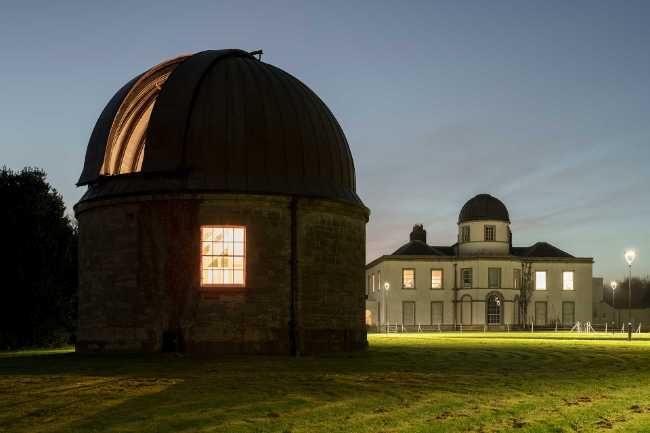
Perched on a tranquil hill about 8 kilometers from the center of Dublin, Dunsink Observatory is a historic and scientific landmark with a rich and storied past. Established in 1785, it holds the distinction of being the first building in Ireland to be specifically constructed for scientific research. For over a century, Dunsink was the home of the Royal Astronomer of Ireland and a hub of discovery, famously where the brilliant mathematician and physicist Sir William Rowan Hamilton lived and worked. His groundbreaking contributions to algebra and optics, which he developed while at the observatory, had a profound impact on science, influencing the foundations of quantum mechanics. In the early 20th century, its role as a frontline research facility waned, but the observatory's significance was far from over. Today, Dunsink operates as a crucial part of the Dublin Institute for Advanced Studies and has transitioned into a vibrant center for public outreach and education. The observatory welcomes thousands of visitors each year for its popular public viewing nights, lectures, and workshops. On clear evenings, visitors can still look at celestial objects through the historic Grubb telescope, a powerful refractor that dates back to 1868.
Dublin IrelandDunsink Observatory is an astronomical observatory established in 1785, located in the townland of Dunsink, approximately 8 kilometers northwest of central Dublin, Ireland. It sits on the south slope of a low hill, about 84 meters above sea level, in a semi-rural area that was originally outside the city but now lies on Dublin’s outskirts near the suburb of Castleknock. The observatory is renowned for its historical importance and architectural distinction as Ireland’s oldest scientific institution, originally built with funds bequeathed by Francis Andrews, Provost of Trinity College Dublin. Among its famed directors was William Rowan Hamilton, a celebrated mathematician and physicist known for discovering quaternions. The site has long been associated with precise timekeeping, serving as the basis for Dublin Mean Time before Ireland adopted Greenwich Mean Time. Though the city has grown around the observatory, it remains a place of scientific study managed by the Dublin Institute for Advanced Studies, hosting public outreach and stargazing events. Nearby are suburban residential areas, green spaces, and easy access to Dublin’s transport network, blending scientific heritage with the evolving urban landscape.
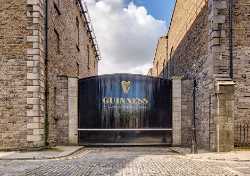 Guinness Storehouse
Dublin
Guinness Storehouse
Dublin
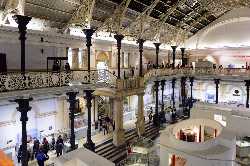 National Museum of Ireland Archaeology
Dublin
National Museum of Ireland Archaeology
Dublin
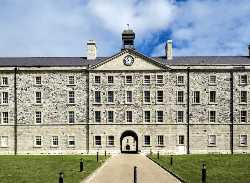 National Museum of Ireland Decorative Arts and History
Dublin
National Museum of Ireland Decorative Arts and History
Dublin
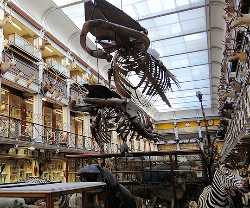 National Museum of Ireland Natural History
Dublin
National Museum of Ireland Natural History
Dublin
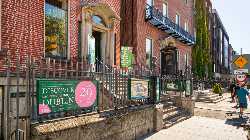 The Little Museum of Dublin
Dublin
The Little Museum of Dublin
Dublin
 Irish Whiskey Museum
Dublin
Irish Whiskey Museum
Dublin
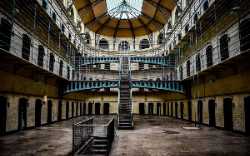 Kilmainham Gaol
Dublin
Kilmainham Gaol
Dublin
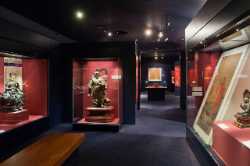 Chester Beatty
Dublin
Chester Beatty
Dublin
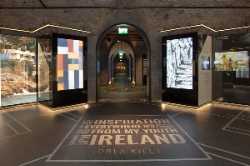 EPIC, the Irish Emigration Museum
Dublin
EPIC, the Irish Emigration Museum
Dublin
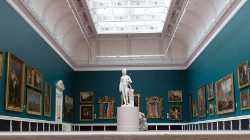 The National Gallery of Ireland
Dublin
The National Gallery of Ireland
Dublin
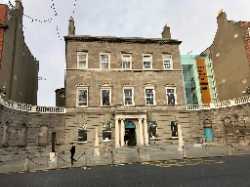 Hugh Lane Gallery
Dublin
Hugh Lane Gallery
Dublin
 Abbey Theatre
Dublin
Abbey Theatre
Dublin
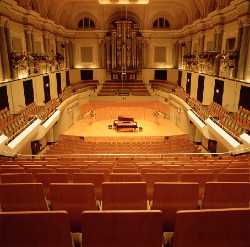 National Concert Hall
Dublin
National Concert Hall
Dublin
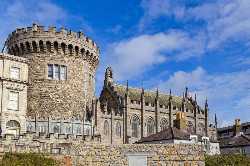 Dublin Castle
Dublin
Dublin Castle
Dublin
 Christ Church Cathedral Dublin
Dublin
Christ Church Cathedral Dublin
Dublin
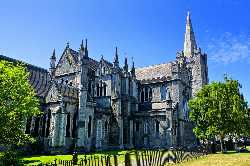 St Patrick's Cathedral Dublin
Dublin
St Patrick's Cathedral Dublin
Dublin
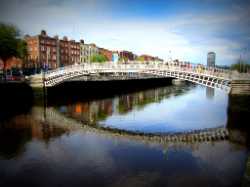 Ha'penny Bridge
Dublin
Ha'penny Bridge
Dublin
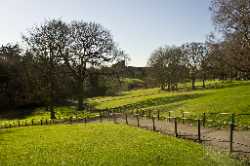 Phoenix Park
Dublin
Phoenix Park
Dublin
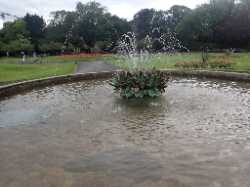 Saint Stephen's Green
Dublin
Saint Stephen's Green
Dublin
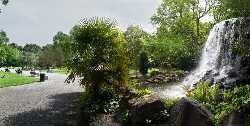 Iveagh Gardens
Dublin
Iveagh Gardens
Dublin
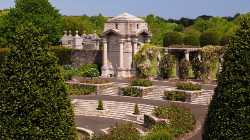 Irish National War Memorial Gardens
Dublin
Irish National War Memorial Gardens
Dublin
 Howth Market Dublin
Dublin
Howth Market Dublin
Dublin
 Drury Street Dublin
Dublin
Drury Street Dublin
Dublin
 Jameson Distillery Bow St
Dublin
Jameson Distillery Bow St
Dublin
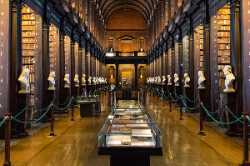 The Book of Kells Dublin
Dublin
The Book of Kells Dublin
Dublin
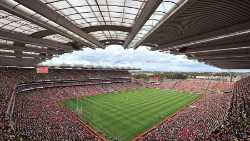 Croke Park
Dublin
Croke Park
Dublin
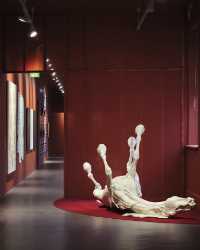 Irish Museum of Modern Art
Dublin
Irish Museum of Modern Art
Dublin
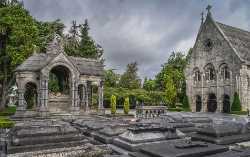 Glasnevin Cemetery Museum
Dublin
Glasnevin Cemetery Museum
Dublin
 Jeanie Johnston Tall Ship & Famine Museum
Dublin
Jeanie Johnston Tall Ship & Famine Museum
Dublin
 The Irish Rock ‘N’ Roll Museum Experience
Dublin
The Irish Rock ‘N’ Roll Museum Experience
Dublin
 GPO Museum
Dublin
GPO Museum
Dublin
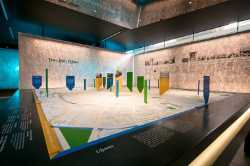 Museum of Literature Ireland
Dublin
Museum of Literature Ireland
Dublin
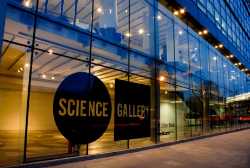 Science Gallery Dublin
Dublin
Science Gallery Dublin
Dublin
 Kerlin Gallery
Dublin
Kerlin Gallery
Dublin
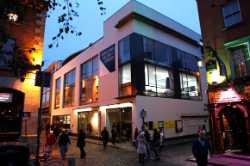 Temple Bar Gallery
Dublin
Temple Bar Gallery
Dublin
 Gallery of Photography Ireland
Dublin
Gallery of Photography Ireland
Dublin
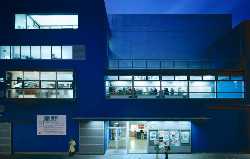 Project Arts Centre
Dublin
Project Arts Centre
Dublin
 The Molesworth Gallery
Dublin
The Molesworth Gallery
Dublin
 Oliver Sears Gallery
Dublin
Oliver Sears Gallery
Dublin
 SO Fine Art Editions
Dublin
SO Fine Art Editions
Dublin
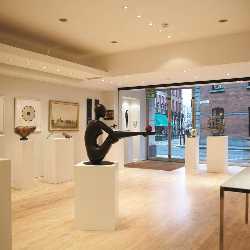 Solomon Fine Art
Dublin
Solomon Fine Art
Dublin
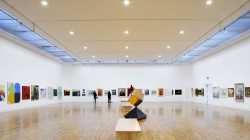 Royal Hibernian Academy
Dublin
Royal Hibernian Academy
Dublin
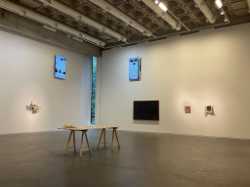 Douglas Hyde Gallery
Dublin
Douglas Hyde Gallery
Dublin
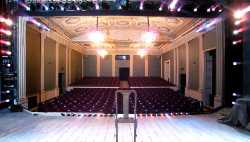 Gate Theatre
Dublin
Gate Theatre
Dublin
 Gaiety Theatre
Dublin
Gaiety Theatre
Dublin
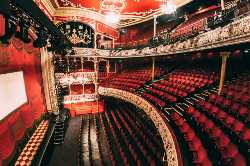 Olympia Theatre
Dublin
Olympia Theatre
Dublin
 Bord Gáis Energy Theatre
Dublin
Bord Gáis Energy Theatre
Dublin
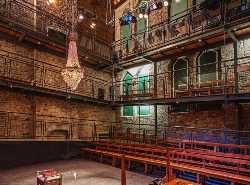 Smock Alley Theatre
Dublin
Smock Alley Theatre
Dublin
 Peacock Theatre
Dublin
Peacock Theatre
Dublin
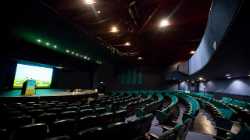 Liberty Hall Theatre
Dublin
Liberty Hall Theatre
Dublin
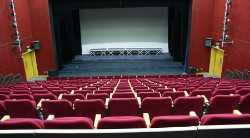 Civic Theatre
Dublin
Civic Theatre
Dublin
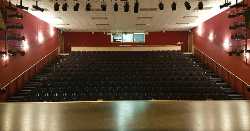 Draíocht Arts Centre
Dublin
Draíocht Arts Centre
Dublin
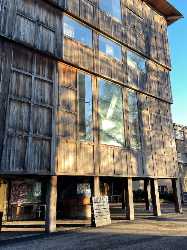 Samuel Beckett Theatre
Dublin
Samuel Beckett Theatre
Dublin
 Axis Ballymun
Dublin
Axis Ballymun
Dublin